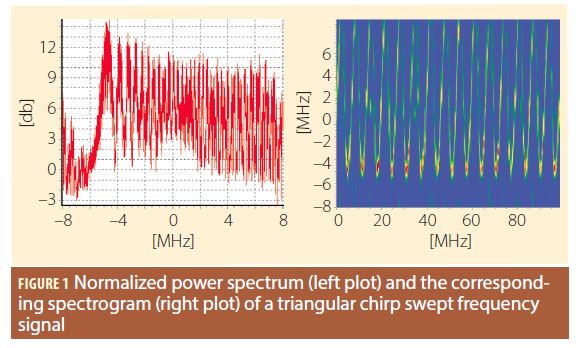Blog Editor’s Note: The below article from Inside GNSS discusses an issue that many are trying to get their heads around. Europe has started to address it with their Radio Equipment Directive and the STRIKE3 project. This is going to be an issue to follow closely as activity in one part of the world will surely impact another. Perhaps the US government should take some interest and become involved in also. The emphasis in the text below is ours.
Inside GNSS
GNSS Solutions
How can we ensure GNSS receivers are robust to real-world interference threats?
GNSS technology plays an important role in an ever expanding range of safety, security, business and policy critical applications.
Many parts of critical infrastructures rely on uninterrupted access to GNSS positioning, navigation and timing services, but, at the same time, threats to denial of GNSS services are increasing. Radio frequency interference can be unintentionally emitted by commercial high power transmitters, ultra-wideband radar, television, VHF, mobile satellite services and personal electronic devices. Moreover, malicious intentional interference is produced by jammers, whose rapid diffusion is becoming a severe threat to GNSS.
To ensure GNSS is protected, there is now a need to respond at an international level to ensure that there is: i) a common standard for real-world GNSS threat monitoring and reporting, and ii) a global standard for assessing the performance of GNSS receivers and applications under threat. GNSS threat-reporting standards would allow for compilation of real-world threats into a database that could be analyzed to develop GNSS receiver test standards that ensure new applications are validated against the latest threats. Both standards are missing across all civil application domains and are considered a barrier to the wider adoption and success of GNSS in the higher value markets.
This article discusses the STRIKE3 project that was specifically developed to address the issues outlined above.
STRIKE3 Overview
The STRIKE3 (Standardizsation of GNSS Threat reporting and Receiver testing through International Knowledge Exchange, Experimentation and Exploitation) project is a European initiative that addresses the need to monitor, detect and characterize GNSS threats to support the increasing use of GNSS within safety, security, governmental and regulated applications. STRIKE3 has deployed an international network of GNSS interference monitoring sites that monitor interference on a global scale and capture real-world threats for analysis and to ultimately test GNSS receiver resilience.
Using thousands of threats collected from their network over a three-year period, STRIKE3 has developed a baseline set of threats that can be used to assess performance of different GNSS receivers under a range of typical real-world interference/jamming threats. The resulting specification consists of five different threats: wide swept frequency with fast repeat rate, narrow band signal at L1 carrier frequency, triangular and triangular wave swept frequency and tick swept frequency. For details of how these five threats were selected, refer to the Additional Reading section at the end of the article.
Finally, the STRIKE3 project has begun using its test specification to test receiver performance in the presence of various threats. Below is a discussion of how this is done as well as some results for a specific type of interference.
Collectively, the above activities aim to improve mitigation and resilience of future GNSS receivers against interference threats.
Receiver Testing
The main objectives of the testing component of the STRIKE3 project are: first, to validate the proposed testing standards to demonstrate they are clearly defined, useful, and practical; and second, to assess performance of a variety of receivers against real-world threats detected by the STRIKE3 monitoring network. Using real-world threats detected at the monitoring sites enables interested stakeholders (e.g., certification bodies, application developers, receiver manufacturers, etc.) to better assess the risk to GNSS performance during operations and to develop appropriate countermeasures.


